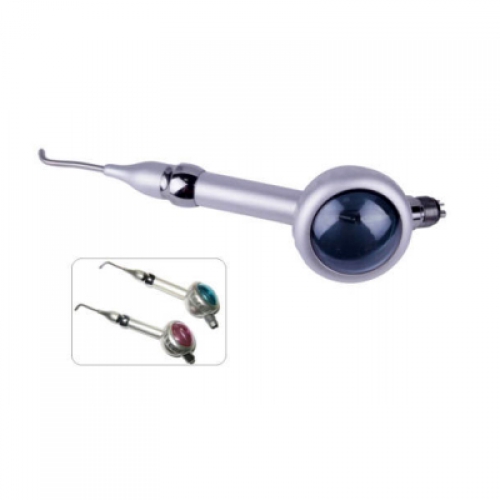Oral health turns into a lot of associated with attention nowadays with all the resurrection of recent teeth whitening techniques and a new consciousness relating to oral hygiene. Nevertheless, the introduction of technology in dentistry demands the attention associated with committed dentists and also dental care perform professionals dental X Ray( dental x-ray machine ).
If your teeth are not in desirable alignment, this denies you a proper smile. Do not worry – there is still hope. Your dentist will expose you to the numerous procedures you can take to rearrange your teeth.
Crooked teeth are difficult to clean hence a predisposing factor to gum diseases and risk of getting tooth cavities. Apart from having an excellent appearance, straight teeth are healthy teeth. Wondering how to correct overbite naturally? Some of the best recommendations would be braces or aligners that gradually align your teeth to disable the overbite.
Brushing your teeth on a daily basis is the most common practice among the human race. Most dentists recommend brushing your teeth at least twice a day and others will support the fact that each one of us should brush or floss after every meal.
If you don’t have frequent appointments to the dentist, it means you are probably not experiencing any dental problems. Although, it is a good idea to visit your dentist at least every six months. These visits should entail check-ups and cleanings that will give the dentist a chance to detect any arising dental problems.
With the growing assortment of dentists, its luring to undertake exactly that. Once you discover it is far from the right match, however, it could be too far gone. Use this straightforward summary about searching for your dentist so you will likely not spend your time and money going from one center to another.
Some people have white and sparkling, unique teeth. Some people go through whitening treatments to remove the stains or to make their teeth whiter( Teeth Whitening Machine ). You should check with your dentist for the best procedure or treatment for your teeth. Some medications are harsh and may cause more harm than good hence a prescription from your dentist would be the best option. While the treatment improves your smile, you need to consistently brush and check in with your dentist to monitor progress.
